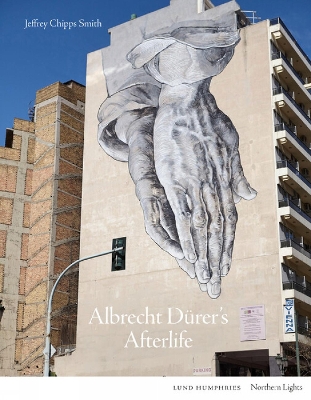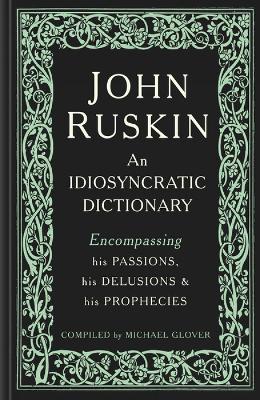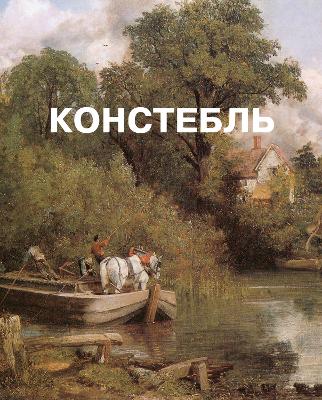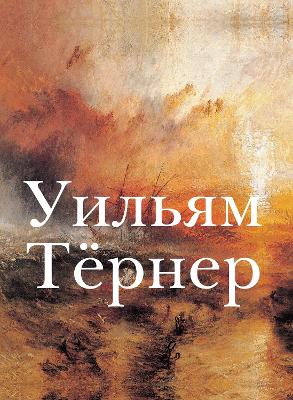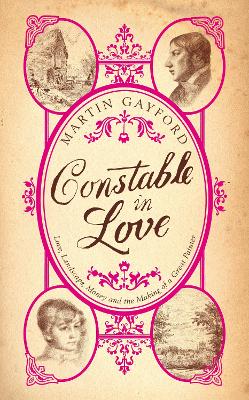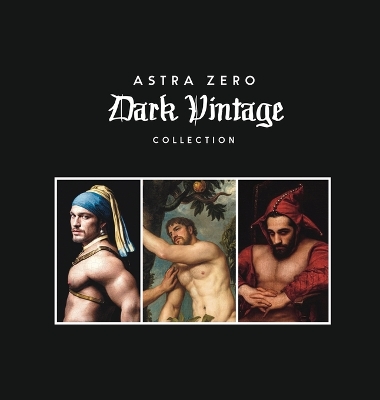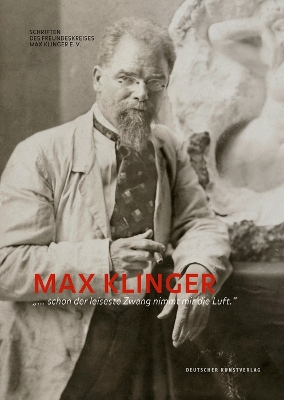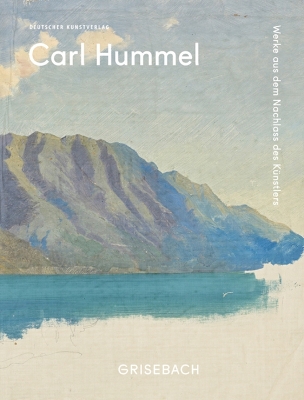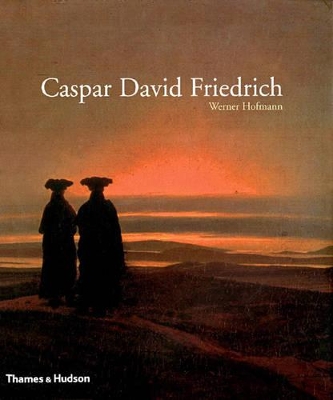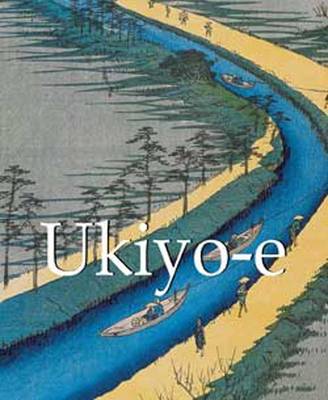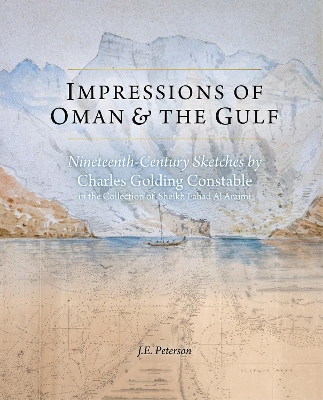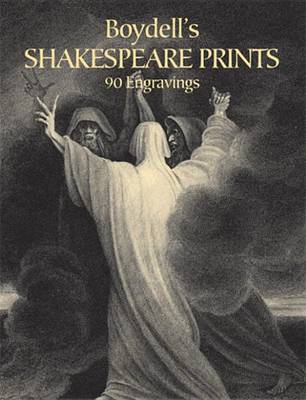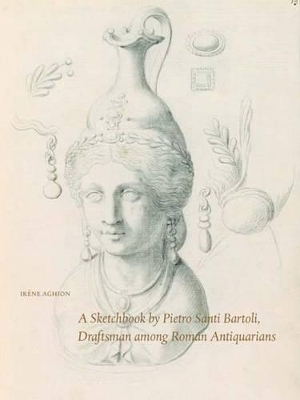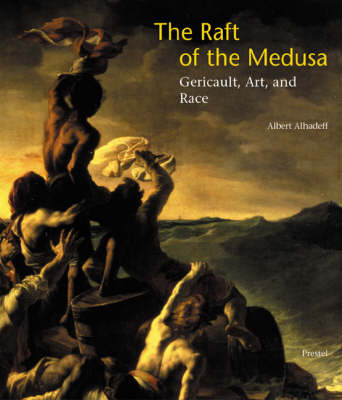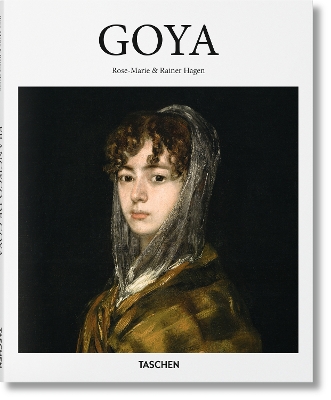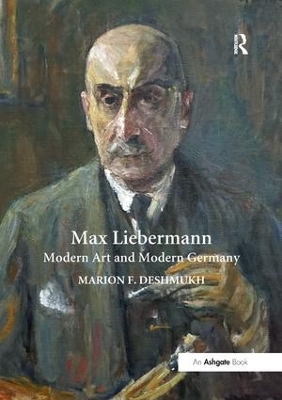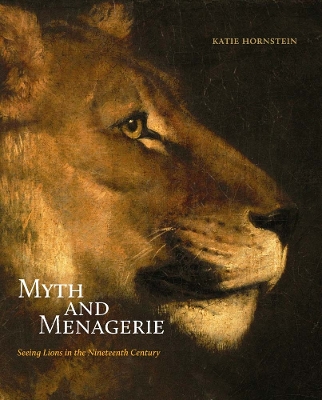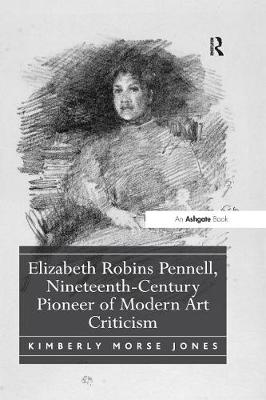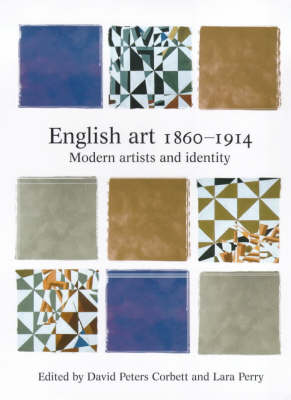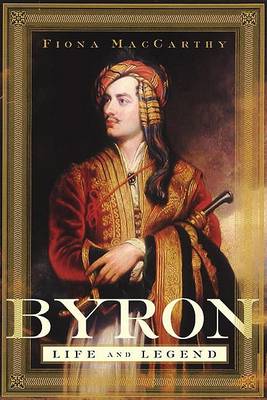Albrecht Dürer (1471-1528) enjoyed European-wide fame during his lifetime. Dürer was not only a brilliant painter, but also a pioneering printmaker, experimental draughtsman, book publisher, first German art theoretician and amateur poet. His art was avidly collected, repeatedly copied in diverse media, and often forged. Then, with his death, the posthumous Dürers were born. This book addresses his afterlife or, more correctly, afterlives. Beginning with the heartfelt eulogies of his friends and...
From Aesthete to Ziffern, Baby-Language to Verbosity, Badgers to Railway Stations: this gloriously serendipitous dictionary presents the life, times and strong opinions of John Ruskin (1819-1900) - art critic, patron, draughtsman, watercolourist, social thinker and philanthropist. Michael Glover's delightful A-Z distills the essence of Ruskin, revealing a lighter side to the man known for his 39 volumes of ponderous prose. When off his guard, Ruskin could write pithily and amusingly, but he wa...
This is a superbly illustrated look at the recent works of critically acclaimed abstract artist Sean Scully. Throughout his critically acclaimed 30-year career, Irish-American artist Sean Scully has invigorated abstract painting with an enduring investigation of its ability to convey universal truths about the human condition. Both recalling and demystifying Modernist traditions, Scully employs a deceptively reductive vocabulary - horizontal and vertical bands of colour and the interplay of ligh...
When John Constable fell in love with Maria Bicknell, granddaughter of a Suffolk country neighbour, he little knew how long it would take to make her his wife. The impediment to their marriage was simple: 'that necessary article cash'. He was a painter without sufficient funds to support the daughter of a prominent London lawyer, and both he and her grandfather, the formidable (and sometimes comical) Rector of East Bergholt, disapproved of the match. It would be seven long, difficult years bef...
Max Klinger (Schriften des Freundeskreises Max Klinger e.V.)
Aufträge bedeuteten für Künstlerinnen und Künstler im ausgehenden 19. Jahrhundert nicht nur ein Zugewinn an Renommee, sondern besaßen ebenso eine wirtschaftliche Bedeutung – auch für Max Klinger. Gerade in jungen Jahren bewarb sich Klinger mehrfach bei Ausschreibungen. Später jedoch, im Jahr 1905, klagte der inzwischen berühmte Künstler seinem Freund Alexander Hummel aus tiefstem Herzen: »Aufträge nehme ich nicht wieder an. … schon der leiseste Zwang nimmt mir die Luft.« Der vierte Band der Schr...
Carl Hummel
Carl Hummel (1821–1907) ist einer der vergessenen Künstler des 19. Jahrhunderts. Über 100 Jahre hinweg lag sein Nachlass im Schlossmuseum Weimar verborgen, nun treten die wildromantischen, poetischen Werke des Landschaftsmalers in die Welt. Der Katalog versammelt einen bislang der Öffentlichkeit vollkommen unbekannten Teil dieses Nachlasses: Ölstudien aus Italien, Thüringen und von der Ostsee belegen, dass es sich bei Hummel um eine der großen malerischen Begabungen des 19. Jahrhunderts handelt....
Hailed by Frank Whitford, art critic for The Sunday Times, as ‘the best book about this fascinating artist that I’ve ever read’, this scholarly and thoughtprovoking book, available again after some time out of print, casts a remarkable light on Caspar David Friedrich, the leading German Romantic artist of the 19th century.
Impressions of Oman & the Gulf
by J.E. Peterson and H.E. Jamal al-Moosawi
Artists have long been drawn to Oman’s picturesque settlements and dramatic landscapes. During the 1840s and 1850s, Charles Golding Constable, second son of the British painter John Constable, made a series of watercolour sketches of coastal Oman and other locations in the Gulf in his role as a maritime surveyor for the East India Company. This large-format volume reproduces 29 of his watercolours, along with his acclaimed 1860 chart of the Gulf, and a full facsimile and transcript of the common...
L'Art Français, XIXe Siècle. Du Classicisme Davidien Au Romantisme
by Schneider-R
Among the books collected by Horace Walpole (1717-1797) was a small volume of sketches of antiquities. Irene Aghion has pursued elusive clues to establish Pietro Santi Bartoli (1635-1700) as the artist and places his sketchbook in its proper context, the lively world of seventeenth-century Rome. In following Bartoli's sketchbook from Rome to London to Farmington, Connecticut, Aghion uncovers the stories of these antiquities, found in Rome, acquired by collectors, and now held in collections thro...
Joseph Mallord William Turner is Britain's greatest and most mysterious artist, whose range of work encompasses seascape and land-scape, immensely powerful oil paintings and intimate watercolours. The son of a Covent Garden barber and a woman who dies in Bethlehem mental hospital, Turner achieved fame and fortune during his lifetime. Although he possessed a wide-ranging imagination, he was an often incoherent speaker and writer, and his muddled will produced much discord. It is a wonder that, de...
A re-examination of one of the most influential paintings of the Romantic era. Albert Alhadeff shows how Gericault's seminal canvas was a reflection of early abolitionist sentiment, as well as one of the first uses, in European art, of a black figure to symbolise the hopes of all humanity. Based on a controversial and politically-charged event, "The Raft of the Medusa" is Theodore Gericault's most ambitious work. The painting depicts the wreck of a French government ship off the West African coa...
From court portraits for the Spanish royals to horrific scenes of conflict and suffering, Francisco José de Goya y Lucientes (1746–1828) made a mark as one of Spain’s most revered and controversial artists. A master of form and light, his influence reverberates down the centuries, inspiring and fascinating artists from the Romantic Eugène Delacroix to Britart enfants terribles, the Chapman brothers. Born in Fuendetodos, Spain, in 1746, Goya was apprenticed to the Spanish royal family in 1774, wh...
Max Liebermann: Modern Art and Modern Germany is the first English-language examination of this German impressionist painter whose long life and career spanned nine decades. Through a close reading of key paintings and by a discussion of his many cultural networks across Germany and throughout Europe, this study by Marion Deshmukh illuminates Liebermann’s importance as a pioneer of German modernism. Critics and admirers alike saw his art as representing aesthetic European modernism at its best....
An innovative examination of encounters between humans and lions and representations of these charismatic animals in the visual culture of postrevolutionary France In artistic traditions that stretch back to antiquity, lions have been associated with strength and authority. The figure of the lion in nineteenth-century France stood at a crossroads between these historical meanings and contemporary developments that recast the animal’s significance, such as the literal presence of lions in pub...
Elizabeth Robins Pennell, Nineteenth-Century Pioneer of Modern Art Criticism
by Kimberly Morse Jones
Mining various archives and newspaper repositories, Elizabeth Robins Pennell, Nineteenth-Century Pioneer of Modern Art Criticism provides the first full-length study of a remarkable woman and heretofore neglected art critic. Pennell, a prolific 'New Art Critic', helped formulate and develop formalist methodology in Britain at the end of the nineteenth century, which she applied to her mostly anonymous or pseudonymous reviews published in numerous American and British newspapers and periodicals b...
English Art 1860–1914 (Critical Perspectives in Art History)
In one of the first studies of its kind, Orphan texts seeks to insert the orphan, and the problems its existence poses, in the larger critical areas of the family and childhood in Victorian culture. In doing so, Laura Peters considers certain canonical texts alongside lesser known works from popular culture in order to establish the context in which discourses of orphanhood operated.The study argues that the prevalence of the orphan figure can be explained by considering the family. The family a...
This biography of Byron (by Byron's own publisher John Murray) attempts to reinterpret Byron's life and poetry for a new generation. Fiona MacCarthy has had access to the full John Murray Byron archive, by far the largest in the world. In addition to this resource of correspondence, literary manuscripts and artefacts (many previously unseen by Byron scholars), she has drawn fully on other major collections and has travelled extensively in the Europe that Byron knew, believing strongly in the res...
Goya’s last set of etchings were made between 1815 and 1823, the dark years after the fall of Napoleon, when Goya was living in his farm, The House of the Deaf Man (Quinta del Sordo). Enigmatic and sinister, the etchings were not published until long after his death. They are variously known as The Proverbs, The Dreams, or, most often, Los Disparates, or The Follies. They are some of the most compelling images in Western art and their technical virtuosity is second to none.
